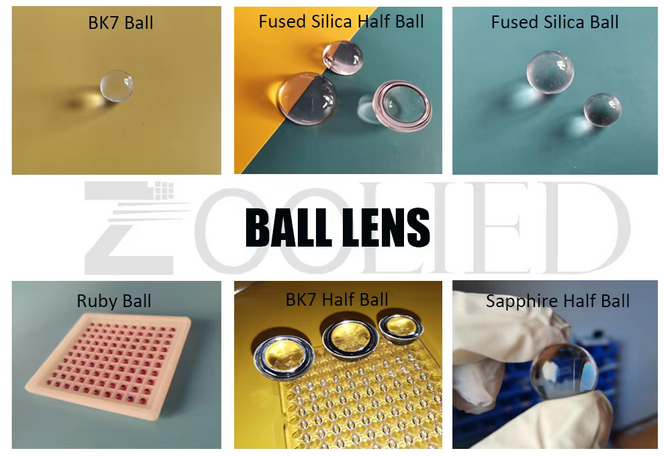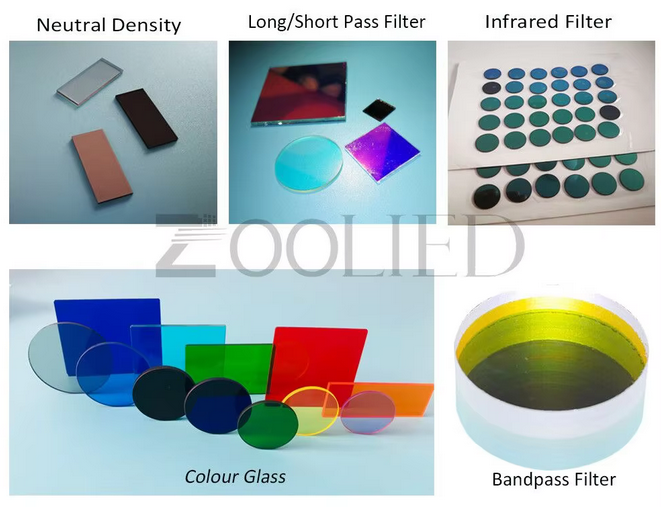What are the main applications for optical components?
2024-7-1
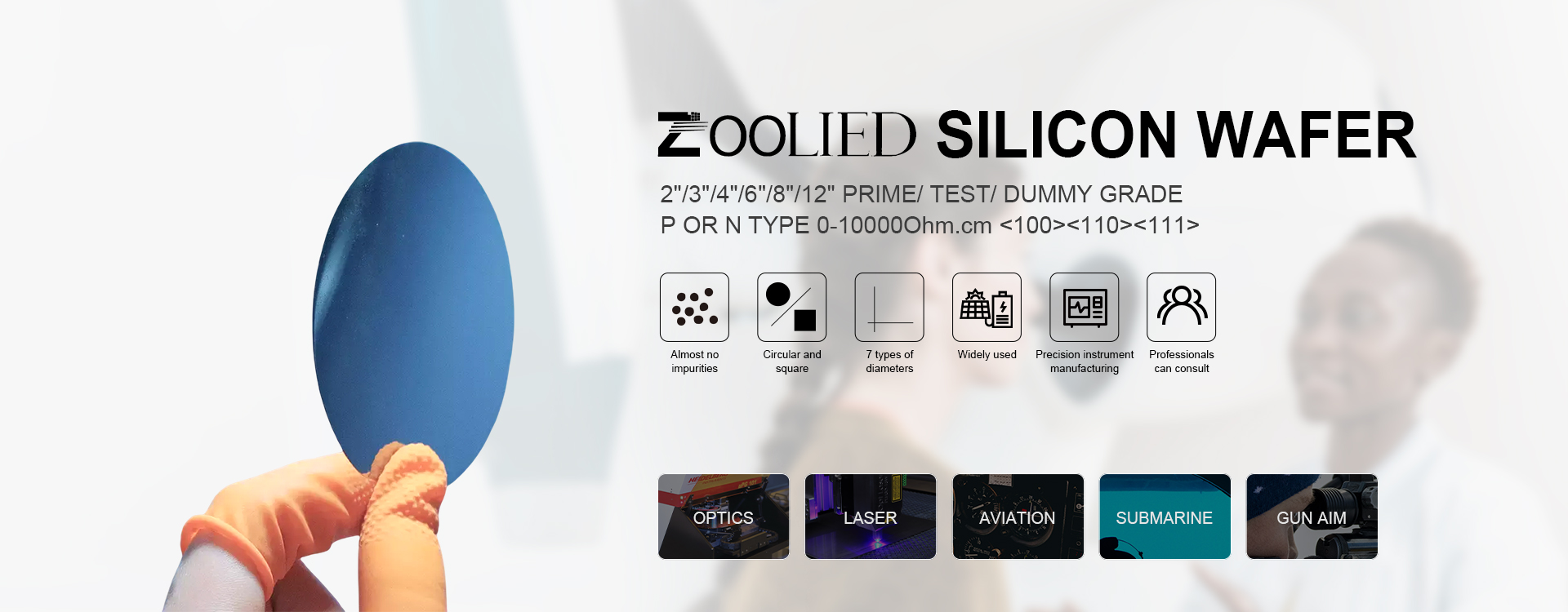
Optical components are devices that are capable of manipulating light, the direction of propagation of light waves, the intensity, frequency and phase of light, and other characteristics. They are capable of focusing, diverging, splitting, reflecting, refracting, etc. light to achieve effective control of light. The following are the applications of optical components in different fields:
- Communication field: Optical elements such as lenses, beam splitters, filters, etc. are used extensively in modern information transmission.
- Laser field: Optical elements such as mirrors, transmission mirrors, gratings, etc. are widely used in lasers for the control, focusing and analysis of laser beams.
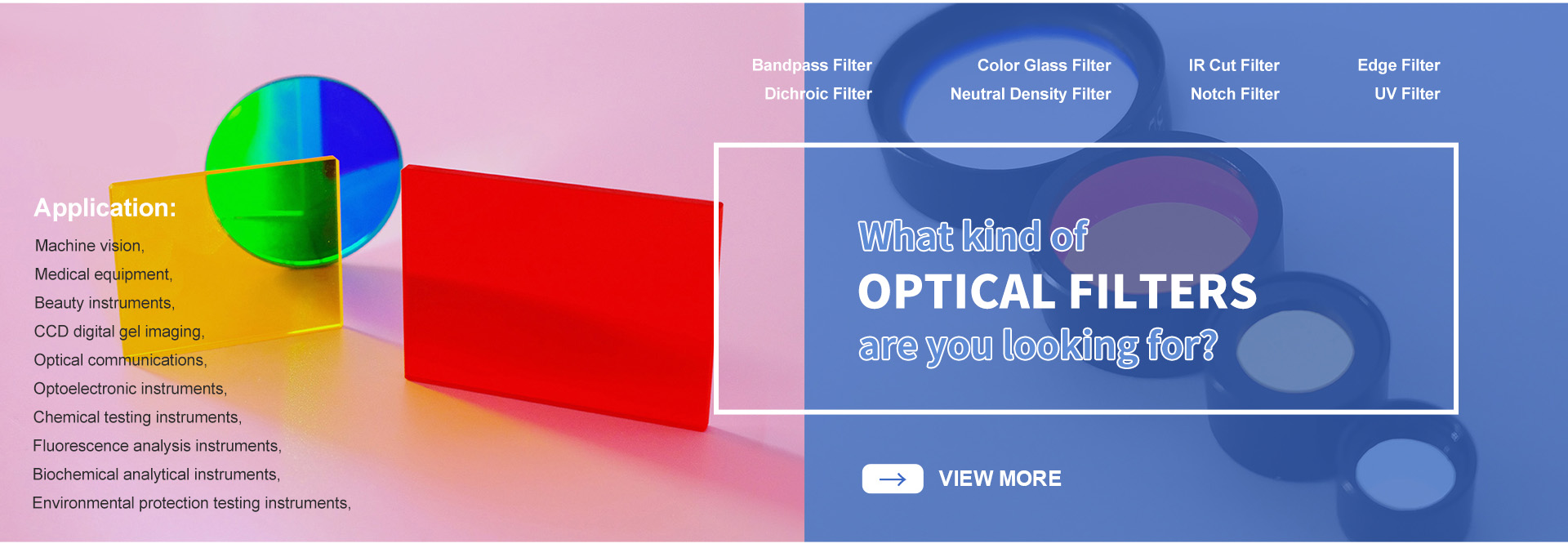
- Field of Microscopy: Microscopes are instruments used to observe microscopic objects and optical components play an important role in microscopes. Elements such as lenses and objectives are used to amplify and focus light signals on the sample, allowing the user to observe fine structures and cells.
- Photography and video field: Many optical elements are used in cameras and camcorders to capture and process images. Elements such as lenses, apertures, filters, and other elements help regulate the intensity, color, and focus of the light entering the camera to obtain a clear, accurate image.
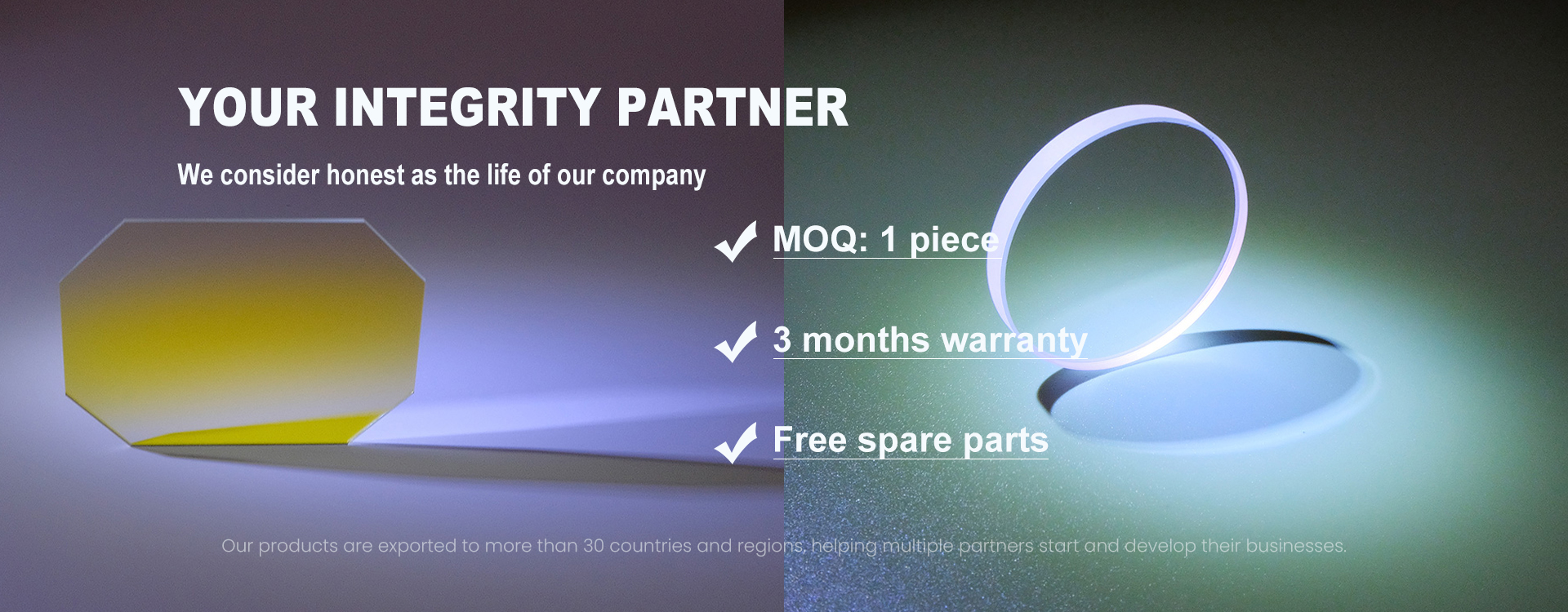
- Solar Energy: Optical components have important applications in solar energy, such as grating structures in solar panels to increase the efficiency of light absorption. At the same time, components such as lenses, mirrors and light guides are also used in solar concentrator systems to concentrate light onto solar cells to increase energy conversion efficiency.
- Medical field: Optical components also have a wide range of applications in the medical field, for example, in endoscopes, optical components can help doctors see the inside of the human body more clearly.
- Aerospace: In spacecraft, optical components can be used for satellite communications, astronomical observation, navigation systems, and so on. For example, the lenses and mirrors in star-carrying optical cameras are used to capture and focus the light from distant celestial bodies, realizing the observation and research of the universe.
